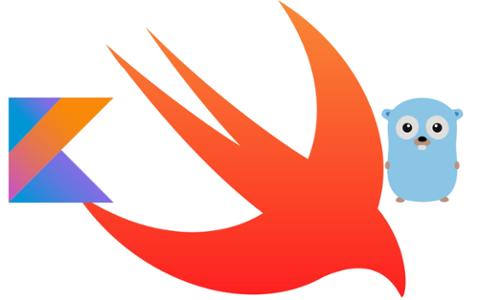Kotlin has enjoyed a meteoric rise over the past few years. When we first issued a developer walkthrough in 2016, it seemed like relatively few people had ever heard of the language; by May 2019, Google announced that Android app development would become increasingly “Kotlin-first,” cementing the language’s place as a buzz-y up-and-comer.
But how do people actually use Kotlin? Fortunately, JetBrains (which created the language in ye olden days of 2011) has some new data on the language’s penetration, courtesy of surveying nearly 7,000 developers, and uncovered some interesting data points.
First and foremost, it’s clear that mobile development is the key driver of Kotlin adoption, with 62 percent of developers saying they use it build mobile apps; web backend projects came in a distant second, with 41 percent, followed by libraries with 29 percent and tooling with 22 percent. (Only 9 percent of respondents used the language for desktop apps, and 7 percent leveraged it for building for the Internet of Things.)
And in a totally unsurprising twist, some 66 percent of developers told JetBrains that they target Android, versus 57 percent who say they target Java Virtual Machine (or JVM, a virtual machine that allows PCs to run Java programs in addition to programs created in other languages and compiled to Java bytecode). So it’s safe to say that Android is driving the Kotlin hype-ship.
More Kotlin Jobs
In late 2018, an analysis of Dice data found that the number of job postings mentioning “Kotlin” had skyrocketed since the second quarter of 2017, which roughly corresponds with Google announcing (at its I/O 2017 conference) that Kotlin was officially a “first class” language for Android:
As it matures, more industries have embraced the language. For example, finance professionals are increasingly relying on it to build libraries and apps. “We develop in Scala and in Kotlin,” a front-office developer at one U.S. bank told eFinancialCareers. “Kotlin is growing and taking market share from Java and actually from Scala as well.”
So where does the language go from here? It will likely continue to grow—which means you should at least become familiar with it, especially if you build mobile apps and/or work with Java.



